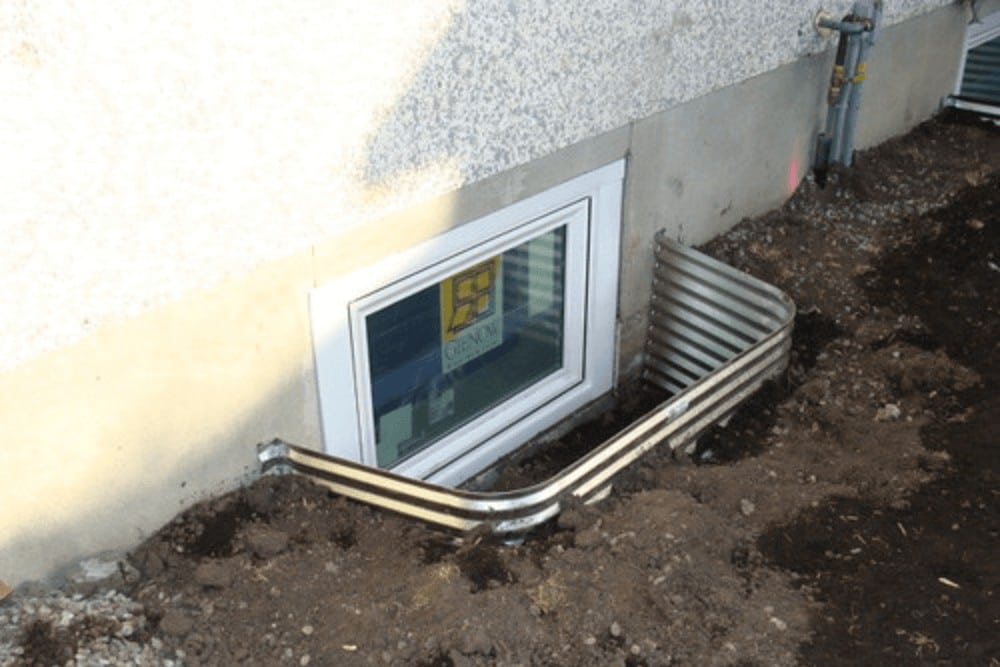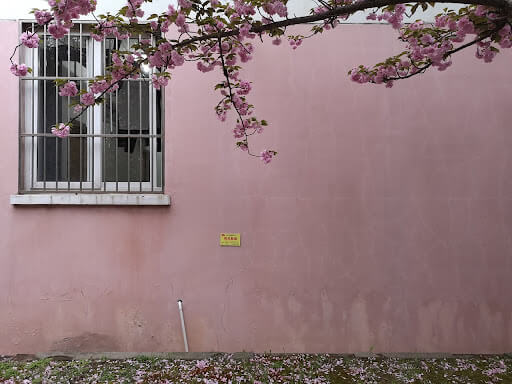Basement Window Security Options for Every Budget

We love windows. They bring in natural light and fresh air. We swoon over floor-to-ceiling windows in new properties and architecture magazines. But they come with a price: every window in your home or business is a potential entry point for would-be burglars. And while most of us remember to reinforce first-floor windows and sliding doors, basement window security is often the forgotten cousin. That could prove a costly mistake.
You’re nearly 5x more likely to be the victim of a property crime than a violent one. Burglary is second to only larceny-theft in that category. In fact, a burglary happens every 26 seconds in the United States. All told, that amounts to more than one million reported burglaries every year.
Thieves look for the path of least resistance when trying to gain access to your property. They want quick, easy, and convenient.
According to the FBI and Bureau of Justice Statistics:
- 34% of burglars enter through the front door
- 23% target a window on the first floor
- 22% choose the back door
- Only 2% will look at a second-floor window or sliding door
So secure your doors and ground-floor windows, and you’ve protected yourself against 79% of preferred access points. But don’t forget about the basement windows, as 9% of reported burglaries gain entry there. That’s about 100,000 basement break-ins annually.
Property crime, especially burglary, remains a significant threat in the U.S., with more than one million reported incidents each year. Thieves target the path of least resistance, which often includes basement windows. By securing basement windows, you protect your home and reduce the risk of being a burglary statistic.
The Importance of Basement Window Security
Basement windows are low or below ground, making them accessible entry points. Many homeowners overlook them, but securing your basement is a critical part of securing your windows and protecting your home
How to Secure Basement Windows
A basement window is an attractive target for burglars, so taking proactive steps will make your home safer. From DIY solutions to professional upgrades, consider these options to increase security and protect your property.
Close the Curtains
Closing blinds or curtains prevents burglars from seeing inside. It’s a simple but effective step in protecting your windows
Arrange Your Belongings
Move boxes and furniture—anything that could be used to lower themselves in—away from the window. Crawling through a basement window head-first without something to grab on to or break their fall increases the risk of both injury and detection. So make it difficult for them.
If you have a finished basement, arrange things in such a way that someone can’t easily see valuables if they peek in.
Use a Decal
Place a security sticker on the window, even if you don’t actually have an installed security system (which, of course, you should… homes without one are 300% more likely to be robbed). A window decal or yard sign announcing that professional monitoring or security cameras are protecting the property is a powerful deterrent.
According to FBI data, more than 80% of would-be burglars check for an alarm system before attempting a break-in.
Expose the Window
Thieves obviously prefer not to be seen. They’ll choose the cover of darkness or trees and shrubs if given the opportunity. Instead, light it up and expose it. Install a motion-activated floodlight above or near the basement window. Trim or remove greenery around it to create a clear line of sight from the road and neighbor homes.
A window plainly visible during the day and at night exposes thieves to a greater chance of being caught while they work their way in.
Learn about more ways to secure your home for general perimeter security advice!
Lock It Tight
This should go without saying, but you’d be surprised how many burglaries happen because of an unlocked window or door. Just over one-third of reported burglaries are classified as unlawful entry because the thief did not use force but rather an unlocked point of access. Lock your basement window and consider upgrading if it’s a basic latch lock that is relatively easy to open.
There is a wide variety of window locks available that take your basement security to the next level, including:
- Folding locks
- Pin locks
- Keyed locks
- Hinged wedge locks
- Lag screws
Not every lock works with every window type. Be sure to confirm your selection will work with your basement window configuration.
The American National Standards Institute uses a 3-level grading system to identify the strength of locks. Look for something that is at least a Grade 2. That’s an intermediate level of protection and is most common in home security. Grade 1 is the best, but locks at this level are quite expensive.
Upgrade your basement window locks to at least Grade 2 ANSI standards. Locks vary by window type, so verify compatibility. Adding a reinforced lock is part of a comprehensive window bar installation solution.
Reinforce the Glass
Nearly 60% of burglaries involve forced entry, such as a smashed window or pried open door. Regular window glass—in your basement or otherwise—is no match for a rock, bat, or hammer.
But you can strengthen and reinforce the glass. Here’s how.
- Window security film is the cheapest option. Readily available at Walmart, Target, Amazon, and many other places, it’s several layers of polyester film laminated together that you simply stick to the glass. It makes your existing glass shatter-resistant and holds it together even if broken.
- You could swap in laminated safety glass—two panes of strengthened glass with a layer of PVB plastic between them—to replace your regular glass. It’s a higher level of quality than you’ll get from just the window film.
- Acrylic is a popular glass alternative that is cheaper than laminated safety glass. However, it requires a bit more upkeep and maintenance.
- Security glass is shatter-proof and unbreakable. It can withstand a sustained and deliberate attack. This is obviously the top tier of protection, but it will cost you for the privilege. ArmourShield is a popular example.
Any additional strength is better than nothing.
Grates and Bars
These provide excellent security, but many people don’t like the aesthetic. And unless you have a way to unlock or remove them quickly, they become a safety concern should you ever need to exit via that window.

That said, it is possible to find attractive versions if you shop around and are willing to pay a little more.
Window Sensor
A window sensor emits a high decibel alarm when the window is opened or jostled. You can find cheap options on Amazon, or better quality ones that integrate with your security system (check with your provider).
Glass break alarms are similar, but these listen for the sound of breaking glass before going off. You can install this type of sensor away from the window itself.
The Ultimate Basement Window Security: Install a Security Camera
A security camera pointed at your basement window is going to stop a lot of thieves in their tracks.
Combine that with professional monitoring and two-way audio—standard on all Deep Sentinel cameras—and you can prevent that break-in before it happens. Deep Sentinel’s proprietary AI identifies suspicious behavior and our live virtual guards engage with the suspect within seconds. A quick “hello” or “this area is under surveillance” is often enough to send them scurrying away. That’s security, the Deep Sentinel way.
You’ll still want to secure all of your first-floor windows. Just remember that basement window security is definitely part of that plan. A secure basement makes for a secure home.
Need a Solution that Prevents Crime?
Deep Sentinel provides AI-powered security cameras and live monitoring for your entire home, including basement windows. With professional intervention and two-way audio, you can stop potential burglaries before they happen.
Learn more about Deep Sentinel’s home security solutions or call 833-499-1681 to schedule a free consultation.
Need a Solution that Prevents Crime?
Deep Sentinel is the only security technology that delivers the experience of a personal guard on every customer’s home and business. Visit deepsentinel.com or call 833-983-6006

